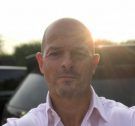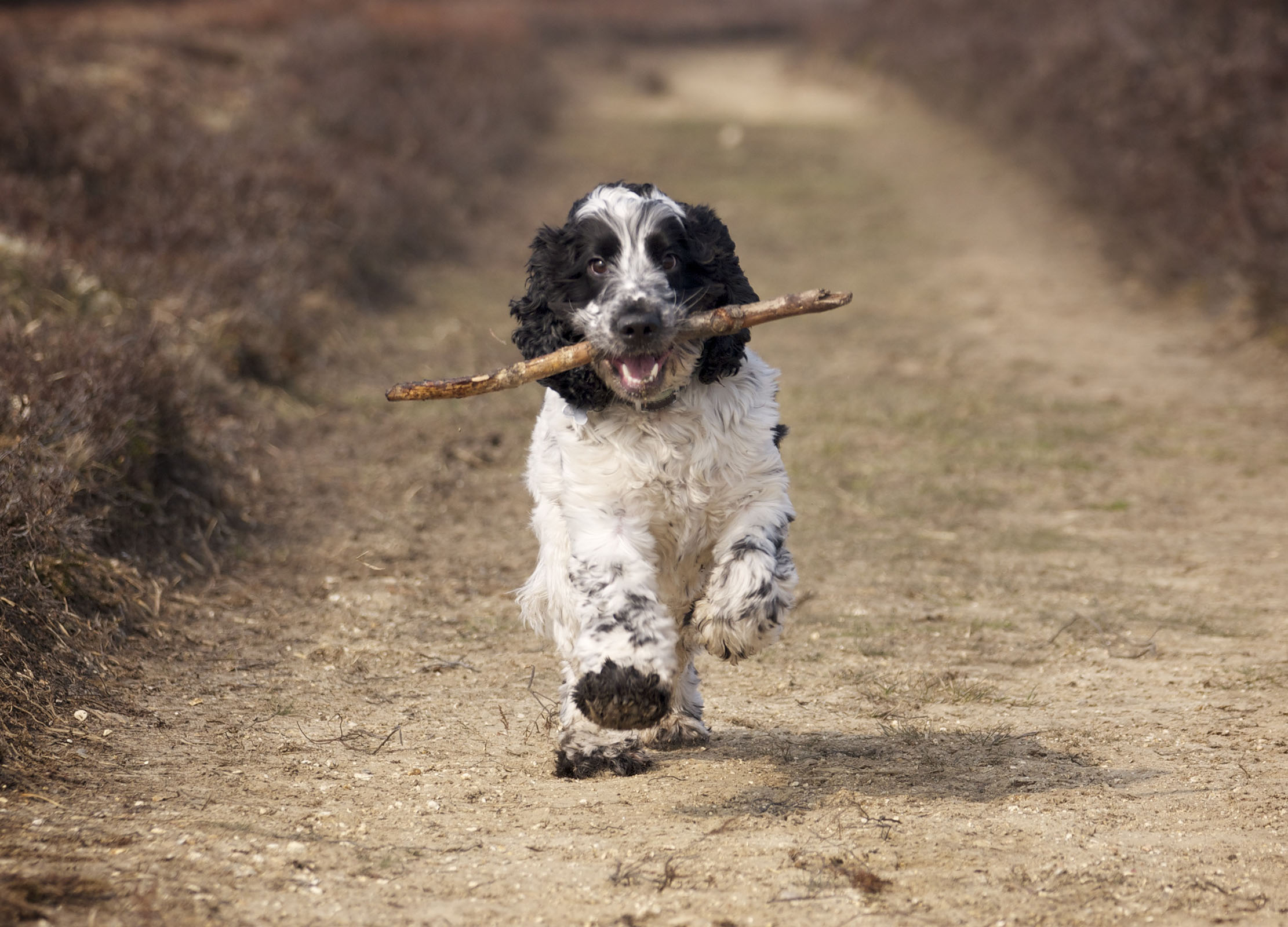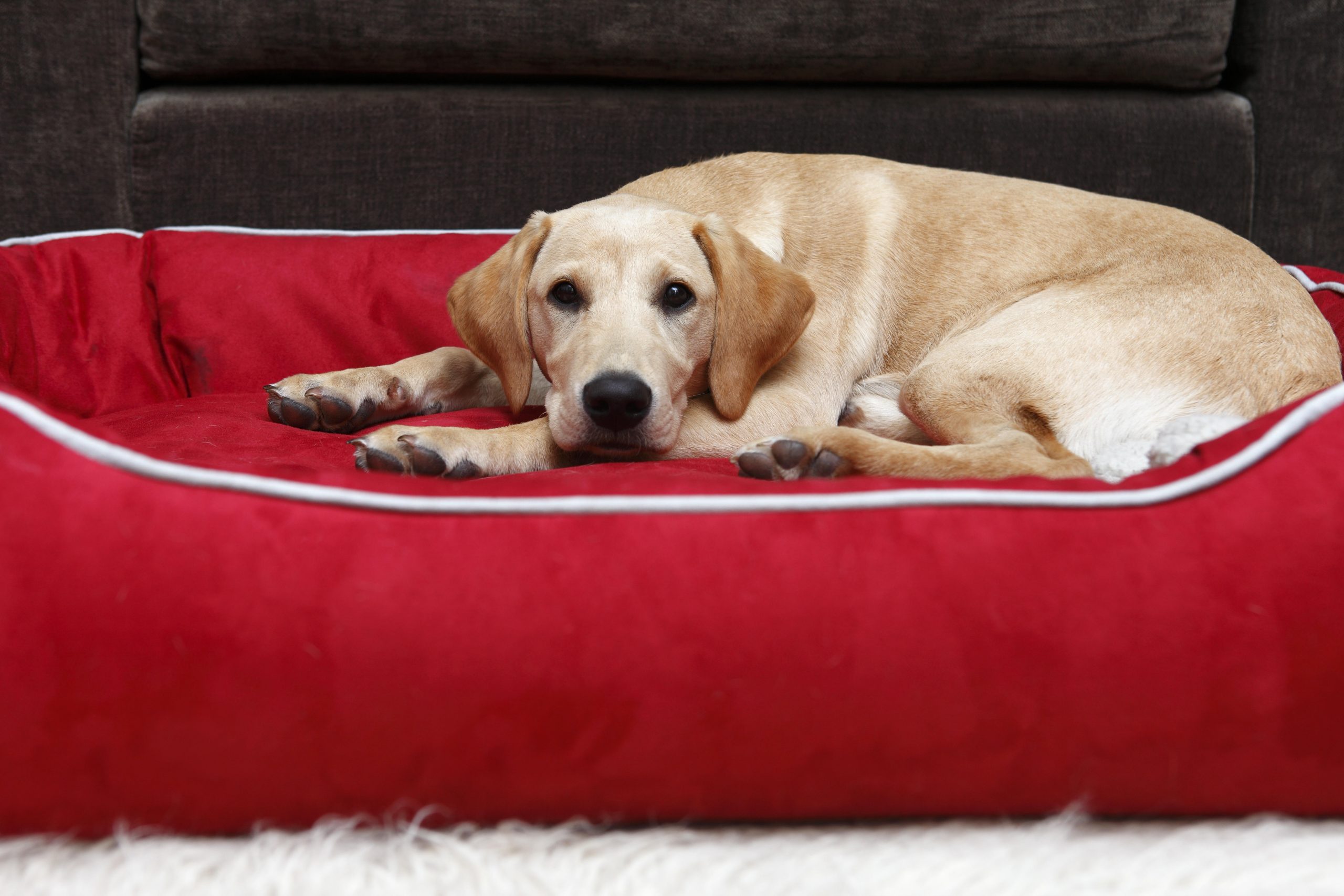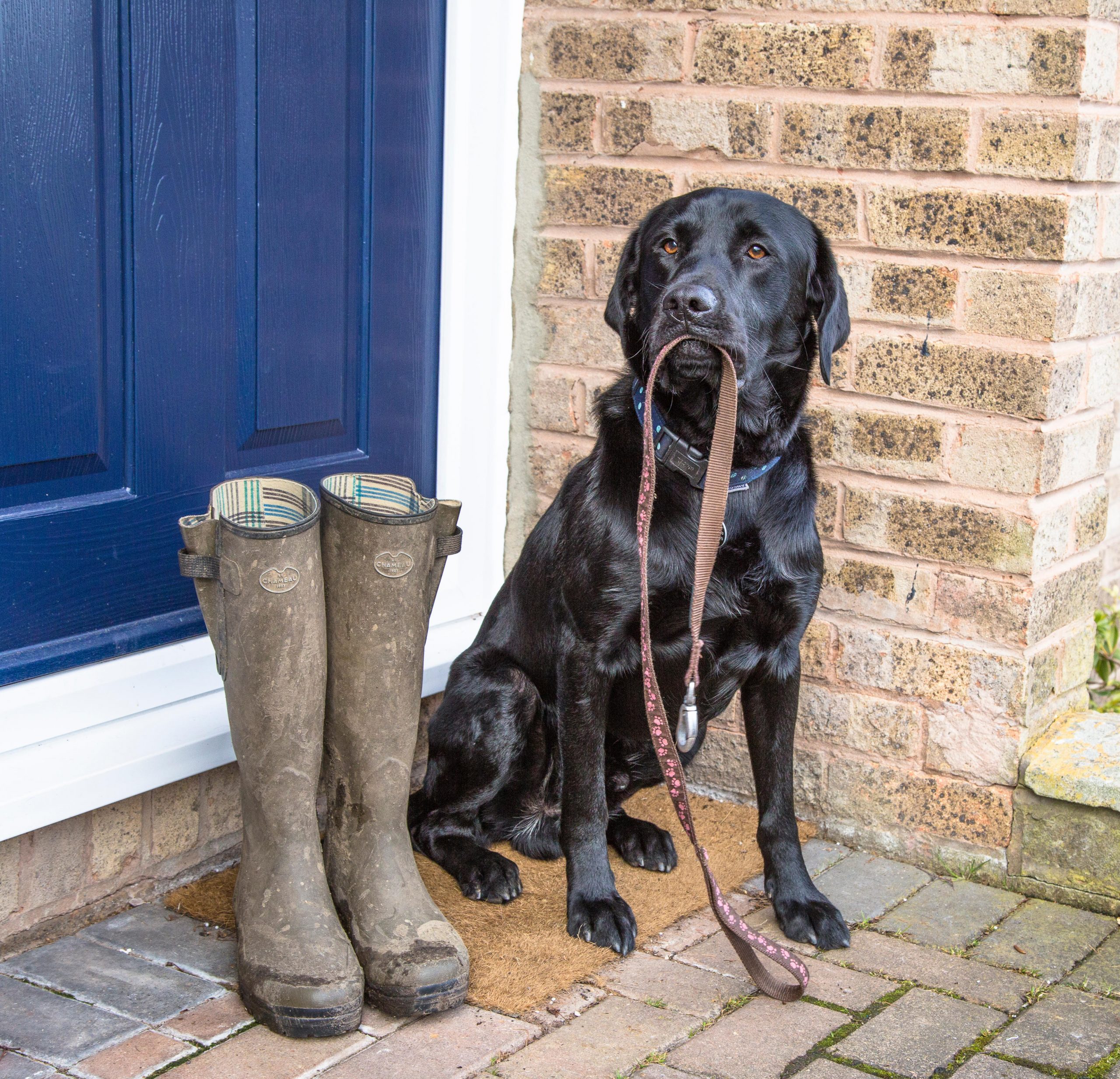'I've taken my dog to 20 lessons, but it's not working — he's getting worse, not better': Expert trainer Ben Randall has the answer
This week's reader is at his wit's end: his dog lessons are not working, and his canine companion seems to take two steps forward then three steps back. Our resident expert dog trainer Ben Randall has the answer.


It’s a familiar refrain. How many of us have acquired a working dog breed — whether it be a labrador, golden retriever (the clue’s in the name), a springer spaniel or a cocker spaniel — as a family pet, but then struggled to contain its exuberant traits? It’s easy to become frustrated and anxious about your young dog’s seemingly constant desire to retrieve all sorts of household items, from shoes to TV remotes, or hunt rabbits in the bushes in the local park.
The trouble is, they’re only doing what they have been bred to do for centuries, so we should not be surprised if these breeds are a handful to handle, particularly if you are unsure about how best to channel all that youthful energy.
This is exactly the challenge faced by reader J.D., who shared his question via paws-for-thought@futurenet.com:
‘Dear Ben, I have a two-year-old working labrador, who was bought as a family pet only. Her pedigree is all field-trial champions, but we’re struggling with some of the basics, such as: pulling on the lead; becoming so excited in new situations that we don’t know how to calm her; not settling at training classes, even though she has been to 20; barking and jumping up at visitors to the house — it’s the same story when meeting people out walking or when she sees our neighbours in their garden — and counter surfing in the kitchen. She can be very good, yet can also decide not to be! We love her to bits, but some of these traits are difficult to handle and not really what we expected. Can you recommend a solution? We’d be grateful for any advice you can offer.’
With a young labrador that has had so many lessons — 20 in total — you would expect this dog to walk to heel, and have lots of patience and control, because in each lesson you are developing a perfect partnership between you and your dog. However, I can say that after 30 years of dog-training and teaching people and their dogs, this is very rarely the case because of the wrong training advice that has been given early on.
Usually, people have done way too much, way too quickly with their young dog, and taken it into too exciting environments before they were ready to cope with them. The dog does not understand the commands it’s being given and has not built a trusting partnership with its owner — and, in turn, the owner has persisted in taking the dog to places where it can’t cope.
The bottom line is that the issues haven’t got better — they’ve got worse. So in this case, and as I recommend with so many of my clients, the best thing you can do now is to reset and restart.

Ben’s six tips for getting your dog to listen to and respond to you:
1 Go back to basics and start again
What I would like you to do is to start afresh and reset your dog’s mindset by going back to teaching it the heel command, the leave command, and patience around food, both when you’re feeding your dog and when it is sitting and watching you eat.
Exquisite houses, the beauty of Nature, and how to get the most from your life, straight to your inbox.
2. Teach your dog to run to its bed when visitors knock on the door
Your dog also needs to be calm and stop barking and jumping up at people when they come to the door. The ideal scenario is that your dog will hear a knock on the door, immediately run to its bed, then sit patiently and calmly because it trusts that you, the owner, are going to reward it for being good and being quiet, by giving her a piece of kibble or lots of praise.

3. Reconnect with your dog
As always, it’s best to start these exercises in a very low distraction environment with a very high value reward, whether that be food, a ball or praise. It’s also important to spend time reconnecting with your dog and encouraging them to establish good eye contact with you. This can be done by playing simple hide and seek games with items around the house or asking your dog to wait before you send her for her food, the ultimate reward for a labrador!
4. Reintroduce the lead as a good (not a bad) thing
Once you’ve built a better rapport with your dog, you need to teach them that having the lead on is a good thing — that will result in a reward — not a punishment and an end to the fun they have been having when you put it back on them after they’ve been running about all over the place. In this instance, I ask the dog to sit, show it a piece of kibble, place the lead over the dog's neck, then give it the kibble. Next, take a second piece of kibble so that your dog can see it and, as soon as she is looking at you, walk off, making sure she’s following and staying close to your left leg and that you are saying the ‘heel’ command in a calm and quiet (not a gruff) voice every time you move off or change direction, before rewarding again with kibble.

5. Practice makes perfect at home
What you want to be aiming to do is to make sure that your dog is calm, relaxed and well-mannered, and responds to all commands 90% of the time in the home. If that’s the case, then you’ll be able to transfer those skills to all sorts of environments. However, if you’re honest and your dog is only 50/50 at home, then if you rush taking it into a higher distraction environment — such as the park where there are lots of other dogs and people — it’s not going to work. So, what you have to do is keep going with the basic training until it’s damn near perfect at home.
6. Book a lesson with a respected gundog trainer
I would also recommend that instead of going to a group training session with a pet trainer, that you book a lesson with a professional gundog trainer, someone who is experienced with working breeds and one that uses positive, rewards-based training methods. The trouble is that, if you keep going into an environment such as a group-training session where there are lots of other dogs that are in the same heightened state as yours and are quite wound up, those dogs are going to have a detrimental effect on your dog. However, if you go into a training session with other gundog breeds that are calmer and more patient, their more measured behaviour will rub off positively on your dog.
For more detailed advice about Ben Randall’s positive, reward-based and proven BG training methods, one-to-one training sessions, residential training or five-star dog-boarding at his BGHQ in Herefordshire, telephone 01531 670960 or visit www.ledburylodgekennels.co.uk. For a free seven-day trial of the Gundog app, which costs £24.99 a month or £249.99 a year, visit www.gundog.app/trial

